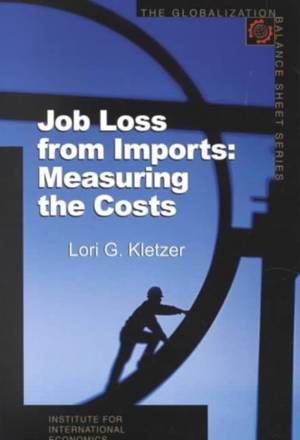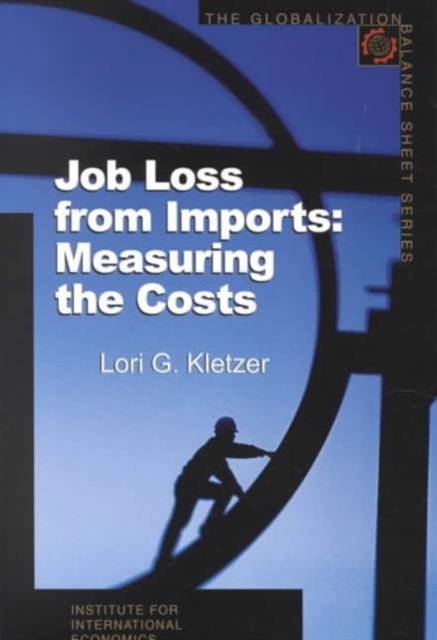
- Retrait gratuit dans votre magasin Club
- 7.000.000 titres dans notre catalogue
- Payer en toute sécurité
- Toujours un magasin près de chez vous
- Retrait gratuit dans votre magasin Club
- 7.000.0000 titres dans notre catalogue
- Payer en toute sécurité
- Toujours un magasin près de chez vous
Description
There is an important question lost in the debate over the number of jobs created or destroyed by trade liberalization: as the dynamic American economy continues to change, with freer trade and technological advances, what kind of work will Americans do? In a dynamic economy jobs are created and lost, and workers are displaced. Moving beyond the recent public policy focus on how many workers will be affected, this study focuses on understanding how these workers will be affected.
Using worker-level data from the Displaced Worker Surveys, Lori G. Kletzer asks and answers a number of key questions about the cost of trade-related job loss. How do these workers compare to those displaced from other manufacturing industries? How sizeable are the earnings losses? What can we learn from the pattern of reemployment and earnings that will aid in the (re)design of adjustment services? The costs of import-competing job loss are high for some workers, but not starkly higher than the costs of other types of manufacturing job loss. For many manufacturing displaced workers, the best outcome, in terms of minimizing medium-term earnings losses, is to regain employment in the "old economy," back in manufacturing. New jobs in the service economy tend to result in larger earnings losses. This report reveals a narrow, but significant, group of workers for whom import-competing job loss is very costly. For other workers, realized costs are smaller. Understanding this range of outcomes should assist policymakers in targeting assistance to address the real costs of import-competing job loss.Spécifications
Parties prenantes
- Auteur(s) :
- Editeur:
Contenu
- Nombre de pages :
- 144
- Langue:
- Anglais
- Collection :
Caractéristiques
- EAN:
- 9780881322965
- Date de parution :
- 01-09-01
- Format:
- Livre broché
- Format numérique:
- Trade paperback (VS)
- Dimensions :
- 154 mm x 228 mm
- Poids :
- 208 g

Les avis
Nous publions uniquement les avis qui respectent les conditions requises. Consultez nos conditions pour les avis.






